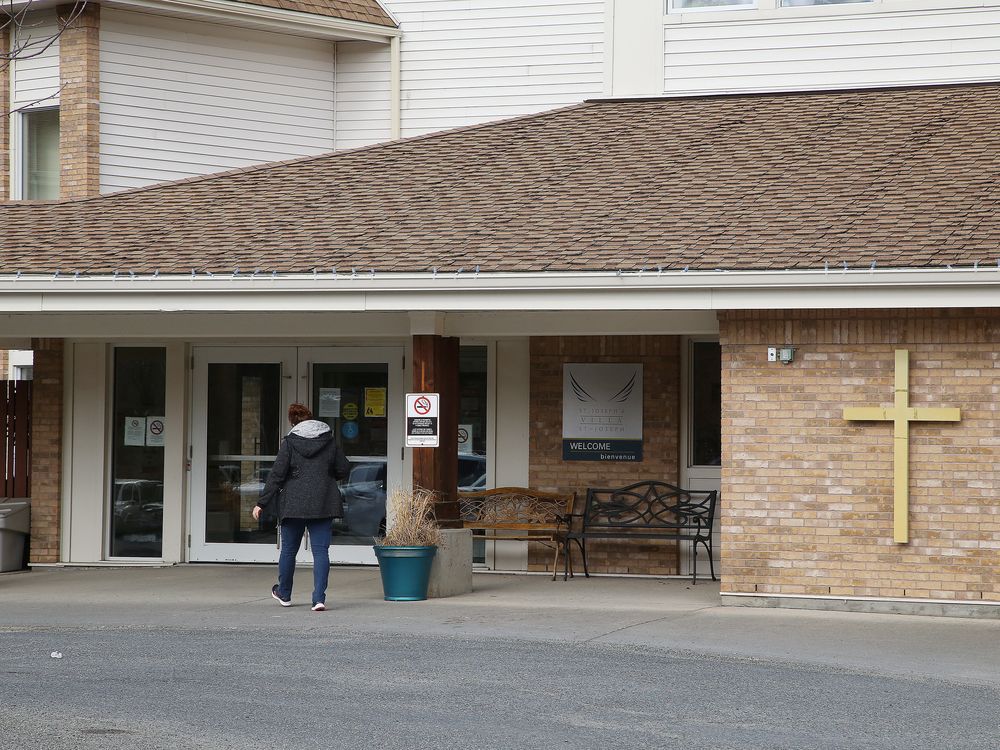A resident of St. Joseph’s Villa has died of COVID-19.
A second Greater Sudburian has died from the coronavirus.
On Friday, a woman in her 80s who was a resident at St. Joseph’s Villa and had tested positive for the virus on April 21, died. An outbreak had been declared at the long-term care facility on April 19 after a staff member tested positive.
Dr. Penny Sutcliffe, Medical Officer of Health with Public Health Sudbury & Districts, said that out of respect during this difficult time, no further details will be provided.
“We extend our sincere condolences to the family members and friends affected by this loss,” she said. “We understand this news is difficult for all to hear, especially for those who have loved ones living in long-term care and retirement homes,” said Dr. Sutcliffe.
“We have to continue to do all that we can to prevent the spread of disease to protect older members in our community. I encourage people to reach out, check-in, and be there for one another, while maintaining physical distance.”
“On behalf of all of our staff, I want to extend our sincere condolences to the family,” said Jo-Anne Palkovits, president and chief executive officer at St, Joseph’s Health Centre, which operates the 128-bed St. Joseph’s Villa in Sudbury and also the 128-bed Villa St. Gabriel in Chelmsford, which is also a long-term care facility.
“I also want to acknowledge the efforts of our staff who themselves are devastated by this news. We continue to follow all necessary policies and procedures to provide safe care to our residents. Our community needs to continue to be kind and supportive to one another during these difficult times, while also ensuring we follow the advice of public health officials.”
Palkovits added the safety of residents and staff remains the No. 1 priority for St. Joseph’s Health Centre.
Strict physical distancing guidelines have been in effect at St. Joseph’s Villa since mid-March and residents continue to be isolated from one another in their own private rooms to prevent infection. They are also assessed for COVID-related symptoms three times a day.
Staff continues to wear the proper masks for the duration of their shift, and also wear eye protection, gloves, and gowns for direct care with all residents. Staff is also screened for symptoms at the beginning and end of each shift.
With these measures, along with visitor restrictions in effect since mid-March, risk of infection throughout the facility remains low.
Earlier this week, coronavirus outbreaks were also declared at Extendicare-York and Pioneer Manor after full testing of staff and residents turned up positive cases.
At Pioneer Manor, four staff and three residents all tested positive and were all asymptomatic (no symptoms). The three residents are in isolation in private rooms while the four staff members are at home self-isolating. Six of the positive tests were confirmed on Tuesday following a positive test with a male resident in his 70s on Sunday.
Over at Extendicare-York, a staff member tested positive for the virus on Tuesday and is now at home self-isolating.
On April 2, a Greater Sudbury man in his 70s died from COVID-19 after contracting the virus while travelling internationally.
As of Friday, the number of COVID-19 positive cases in the Greater Sudbury area stood at 58 (54 Greater Sudbury, two Sudbury District, and two Manitoulin Island) with 46 cases being resolved (44 recovered and two deaths).
As of 5 p.m. Thursday, a total of 3,827 coronavirus tests had been conducted locally, with 3,135 being negative and 634 pending.
Mayor Brian Bigger said in a statement Friday that, “I was very saddened to hear of our community’s second fatality from COVID-19, a resident of St. Joseph’s Villa. On behalf of council, I extend my condolences to her family and friends at this time. Our thoughts and prayers are with them.
“I again implore every resident of Greater Sudbury to take this virus seriously. Physical distancing is a must to protect us, and our loved ones, especially the older members of our community. We must be smart, stay at home and work together to get through this trying time. We are a strong community, let’s move forward together in the safest way possible.”
hcarmichael@postmedia.com
Twitter: @HaroldCarmichae
